Project
WADIM: Water-Associated infectious Diseases in India: digital Management tools
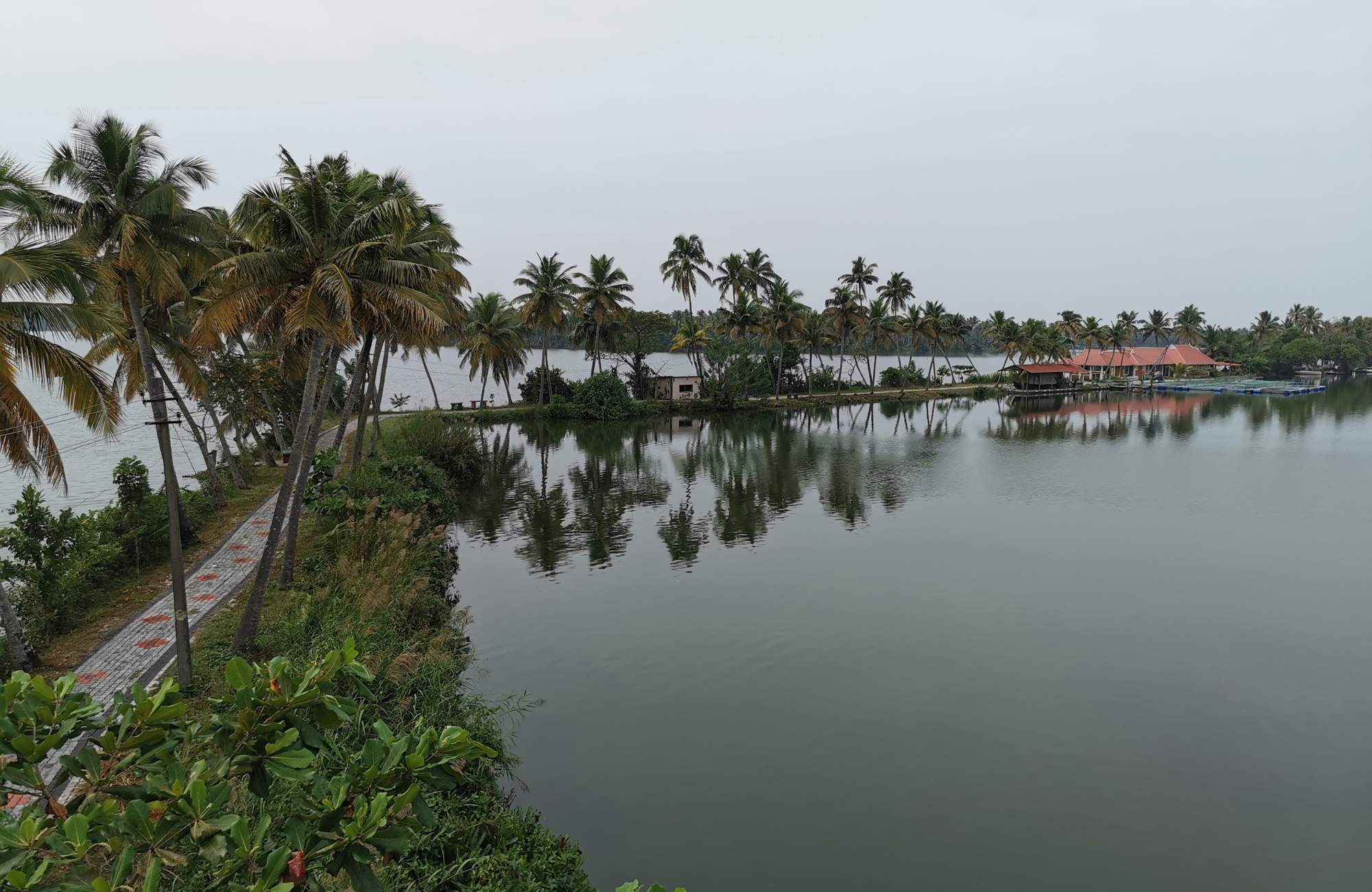
Active project
Project start: September 2022 | Project end: January 2027Funder: Wellcome Trust
Principal Investigator: Dr Shubha Sathyendranath
Other participants from PML: Dr Gemma Kulk (co-lead), Dr Dhritiraj Sengupta (researcher), Elin Meek (project manager)
Aim
The required data will be collected through a smartphone application in which stakeholders and citizens in local communities of two locations in India – a primary site in the coastal southwest and an inland location in the Punjab – can:
- report sanitation and disease data without depending on intermediaries, and
- in return, access information on risk from waterborne diseases and threats from natural disasters
The data from the sanitation and disease app will be used to:
-
develop dynamic, open-source maps on sanitation and disease conditions, and any changes to those conditions in the event of heavy rains and floods, that the authorities could use to plan and implement mitigation and remedial measures, in addition to the general public themselves being made aware of the threats from diseases and how to avoid infections;
-
facilitate action on the ground to reduce the spread of waterborne diseases, by working with local health workers;
-
carry out research to improve our understanding of the ecology of human pathogens, the drivers of waterborne diseases and how they are affected by the aquatic environment and climate change; and
-
investigate the most effective short- and long-term interventions to reduce the disease burden. The primary targets of the work are cholera and ADD, but the digital tool will be developed in such a way as to be readily transferrable to other threats that are emerging under climate change, such as Leptospirosis (Lau et al. 2010) or food-poisoning and wound infections caused by Vibrio bacteria (Baker-Austin et al. 2013).
Deliverables
The key deliverables of the project are:
Sanitation and disease app
Satellite-based maps
ADD risk maps from a satellite-based empirical model
In situ database of pathogens, environment and sanitation
Training and stakeholder engagement programme
Impact plan and report
Funded By
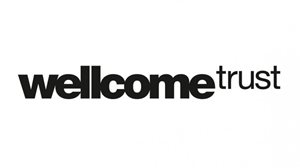
In collaboration with
 |
 |
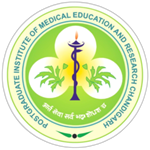 |
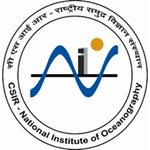 |
 |
 |
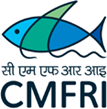 |